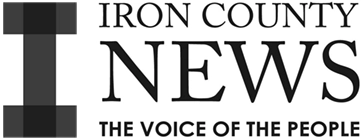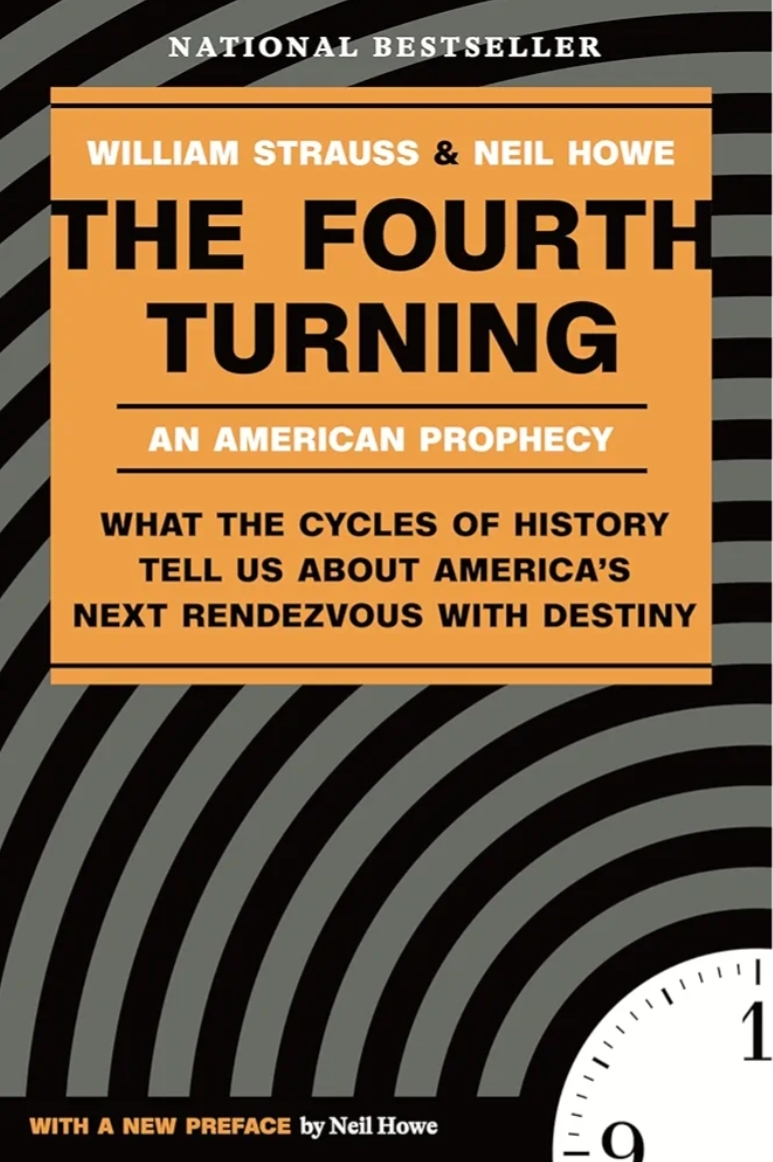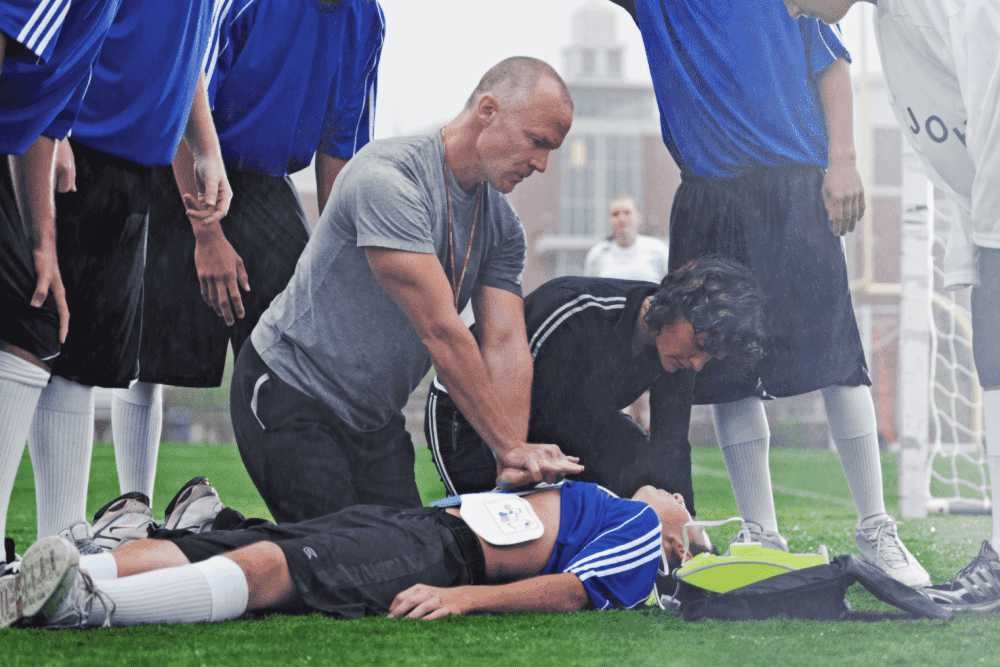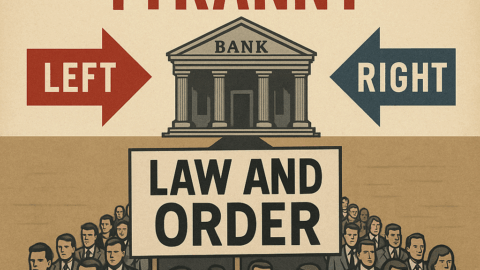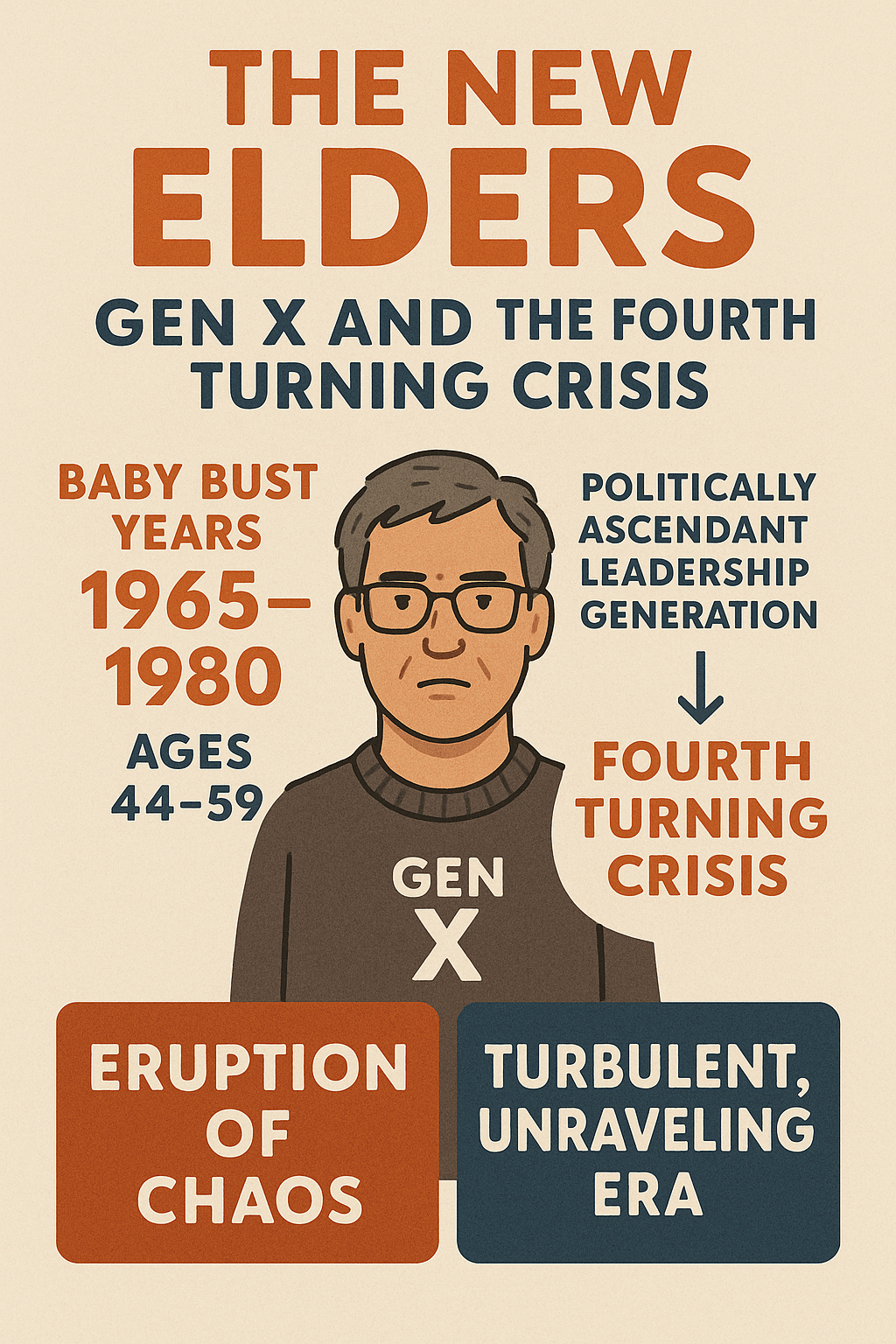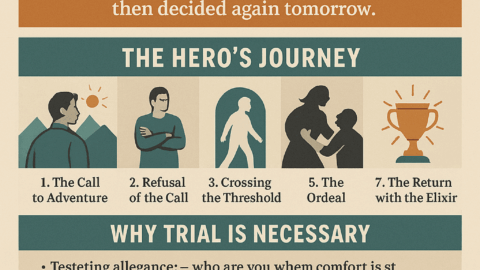The Fourth Turning: What the Cycles of History Tell Us About America’s Next Rendezvous with Destiny
By William Strauss and Neil Howe
Overview
The Fourth Turning expands on the generational theory first introduced in Generations (1991). Strauss and Howe argue that history moves in recurring cycles of approximately 80-100 years, known as Saeculums, which are divided into four Turnings—each lasting roughly 20-25 years. These cycles, they claim, have shaped the course of Western civilization and, more specifically, American history.
The book was first published in 1997 and has gained a strong following among political analysts, social commentators, and historians who believe it offers a predictive model for societal change. It has also been referenced in contemporary discussions about economic crises, political upheaval, and national identity.
The Four Turnings: A Recurring Historical Cycle
Each Saeculum is composed of four distinct Turnings, which cycle in a fixed pattern, similar to the four seasons:
The High (First Turning) – A period of strong institutions, civic unity, and social conformity. It follows a major crisis and is marked by optimism and collective progress.
- Example: Post-World War II boom (1946–1964)
The Awakening (Second Turning) – A time of spiritual revival and challenge to established institutions. Individualism rises, and youth question authority.
- Example: The 1960s counterculture revolution (1964–1984)
The Unraveling (Third Turning) – Institutions weaken, individualism peaks, and cultural divisions intensify. This is a period of fragmentation and skepticism.
- Example: The 1980s–2000s (Culture wars, economic bubbles, rising polarization)
The Crisis (Fourth Turning) – A defining period of upheaval, when old institutions collapse or are radically restructured. A major conflict or emergency reshapes national identity, leading to a new societal order.
- Example: The Great Depression and World War II (1929–1946)
The Fourth Turning and America’s Future
Strauss and Howe predicted that the U.S. would enter its next Fourth Turning in the early 21st century, likely around 2005-2025. They foresaw a period of significant crisis—possibly involving economic collapse, war, or political turmoil—culminating in a major restructuring of American society.
The authors argue that Fourth Turnings tend to be marked by:
- A loss of trust in institutions
- A rise in authoritarian or strong leadership
- Generational conflict
- Major economic and social disruptions
- A decisive “win-or-lose” crisis that redefines national identity
They suggest that how a society responds to a Fourth Turning determines whether it emerges stronger or weaker. If handled well, a new civic order can rise; if mismanaged, the nation may experience prolonged decline or even collapse.
Historical Fourth Turnings in America
Strauss and Howe trace past Fourth Turnings in U.S. history:
Revolutionary War (1773–1794) – The birth of the United States.
Civil War & Reconstruction (1860–1865) – The nation’s most divisive and bloody conflict.
Great Depression & World War II (1929–1946) – Economic collapse followed by global war, reshaping the world order.
(Current Crisis, 2008–2025?) – Economic turmoil, political polarization, and rising global conflicts.
They propose that the present-day Fourth Turning will be defined by challenges to globalism, shifting power structures, and possibly an existential crisis for Western democracy.
Implications for Today
The book has gained renewed attention due to:
- The 2008 financial crisis and Great Recession
- Political division and cultural fragmentation in the U.S.
- The COVID-19 pandemic and governmental responses
- Rising geopolitical tensions (China, Russia, Middle East conflicts, etc.)
- Debates over nationalism vs. globalism
Many believe we are now deep in the Fourth Turning, with the next decade set to bring either a major war, economic collapse, or a fundamental reshaping of U.S. institutions.
Criticism and Controversy
While The Fourth Turning has influenced politicians and strategists (including Steve Bannon, a key advisor to Donald Trump), critics argue that its cyclical theory of history is too deterministic. Some say it oversimplifies complex social and political dynamics, while others point out that history does not always follow neat, predictable cycles.
Final Thoughts
Strauss and Howe’s theory offers a compelling lens through which to view history and the future. Whether or not one agrees with their deterministic view of generational cycles, The Fourth Turning has undeniably shaped modern discussions about societal change, governance, and global stability. As America moves deeper into its latest crisis era, the book remains highly relevant to those trying to understand what comes next.
